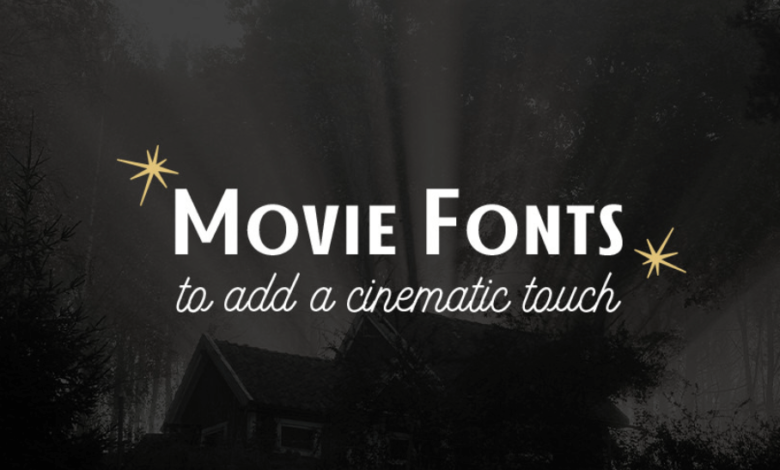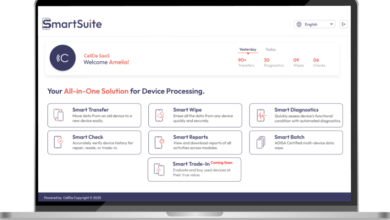How to Choose Movie Fonts That Work on Both Mobile and Desktop

In the age of streaming and cross-platform viewing, ensuring your movie’s typography translates well across all screen sizes is more important than ever. Whether you’re designing a title sequence, promotional poster, or streaming platform thumbnail, the font you choose can deeply impact how your audience perceives the content. A font that looks powerful on a cinema screen may become unreadable on a phone. Here’s how to choose movie fonts that work seamlessly on both mobile and desktop.
Prioritize Legibility Across Sizes
The most important factor is readability. A font must remain clear and legible whether it’s viewed on a 6-inch phone screen or a 27-inch desktop monitor. Avoid overly elaborate typefaces with intricate serifs or decorative elements, especially for titles or critical text. Instead, opt for clean, high-contrast fonts that don’t lose clarity when scaled down.
Good Examples:
- Sans-serif fonts like TT Livret are known for their clarity and simplicity.
- Geometric fonts offer modern aesthetics without sacrificing readability.
Choose Fonts with Versatile Weights
Fonts that come in multiple weights (light, regular, bold, extra bold, etc.) are more adaptable across devices. On mobile, thicker weights can prevent text from fading into the background or being overlooked. On desktop or cinema, lighter weights can add elegance without overpowering the visual content.
Make sure your font choice includes a full range of weights and styles (including italics, caps, etc.), giving you the flexibility to emphasize or de-emphasize as needed without changing typefaces entirely.
See also: The Digital Evolution: How Technology is Redefining Our Lifestyles
Test Fonts in Real-World Scenarios
Don’t rely on how a font looks in a design software preview. Test your typeface choices in actual use-cases. Create mockups that simulate different devices phones, tablets, laptops and environments (dark mode, bright light, etc.). This will help you spot readability issues or stylistic inconsistencies early.
Also, view your designs from a distance. Can you still read the title when you’re a few feet away from a small screen? If not, your font might be too detailed or light for mobile use.
Balance Aesthetics with Functionality
While your movie font should align with the tone and genre of the film — think Gothic for horror, script for romance, or bold sans-serif for action — it should never compromise usability. Choose a typeface that compliments the mood but is also optimized for screen use. Fonts strike this balance well. They’re bold enough for attention but simple enough for cross-platform readability.
Avoid Thin or Ultra-Light Fonts for Mobile
Ultra-light fonts may look sleek on high-resolution desktops, but they often disappear on mobile screens, especially under glare or lower brightness settings. Avoid fonts with thin strokes, especially for titles or key text. Instead, reserve them for secondary information (if at all) and test their contrast in mobile environments.
Mind Your Typography Hierarchy
Use typography hierarchy (title, subtitle, body) to organize information effectively on all platforms. A strong hierarchy ensures that even if a user quickly glances at the screen, they can instantly identify what’s most important.
On smaller devices, larger type for titles and ample spacing between lines (line height) helps break content into digestible parts. Desktop versions can afford tighter layouts but should still adhere to a consistent scale.
Leverage Variable Fonts
Variable fonts are a modern solution allowing a single font file to contain multiple styles and weights. This not only improves performance (reducing load time on web/mobile) but also provides a dynamic range of expression within a unified aesthetic. Platforms like TypeType offer variable fonts that work well across screens.
Conclusion
Choosing the right movie fonts is a blend of art and practicality. Your goal is to maintain a visual identity that supports the story while ensuring that the message comes through clearly, no matter where it’s seen. Prioritize readability, test across platforms, and choose flexible, modern fonts that scale — literally and stylistically. When done right, typography becomes a powerful tool that enhances storytelling and audience connection, from pocket-sized screens to full-sized desktops.




